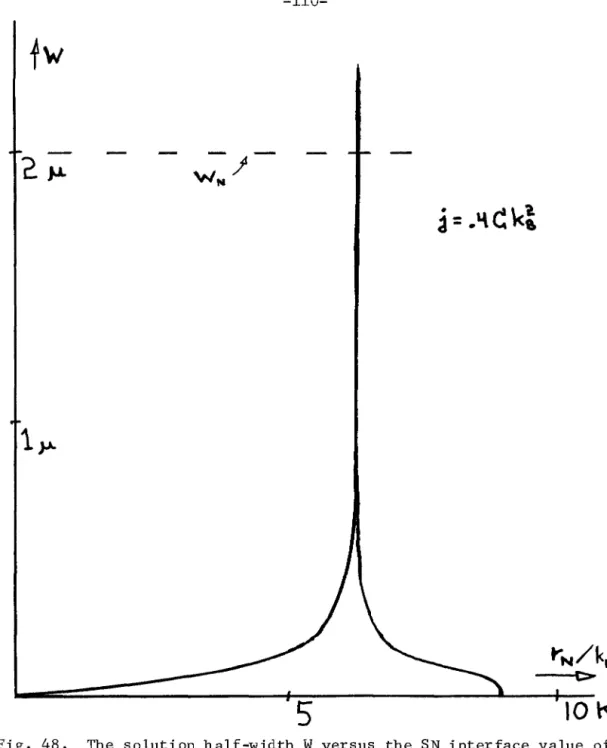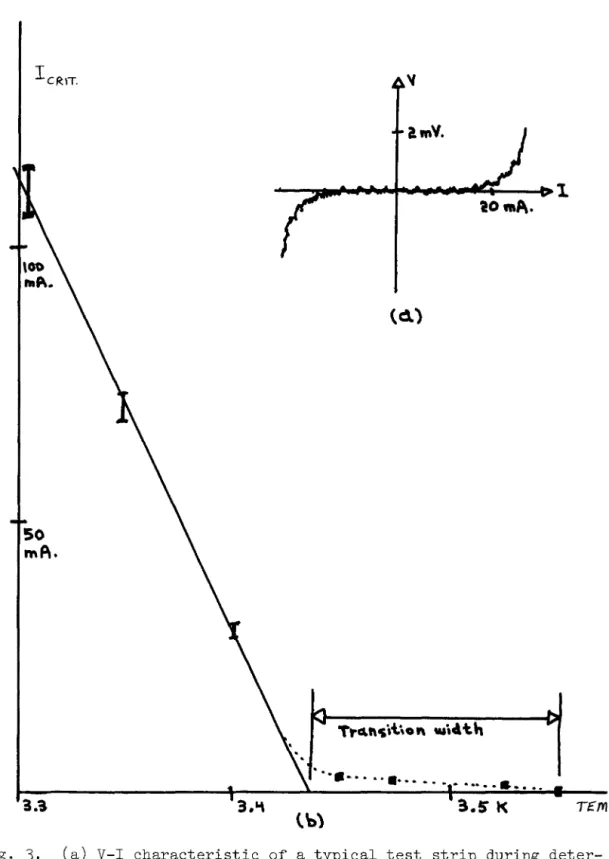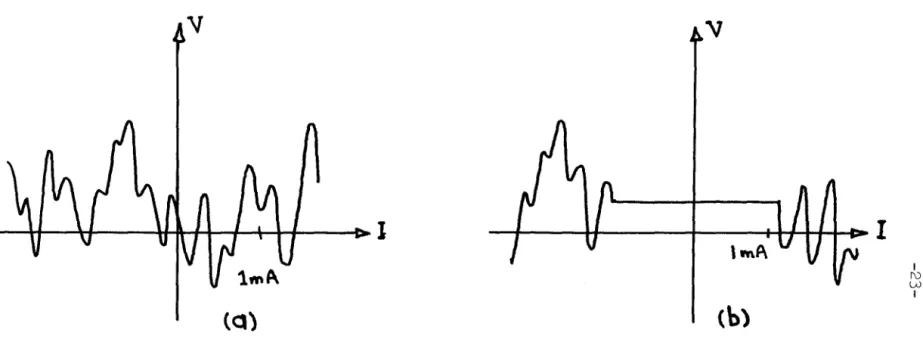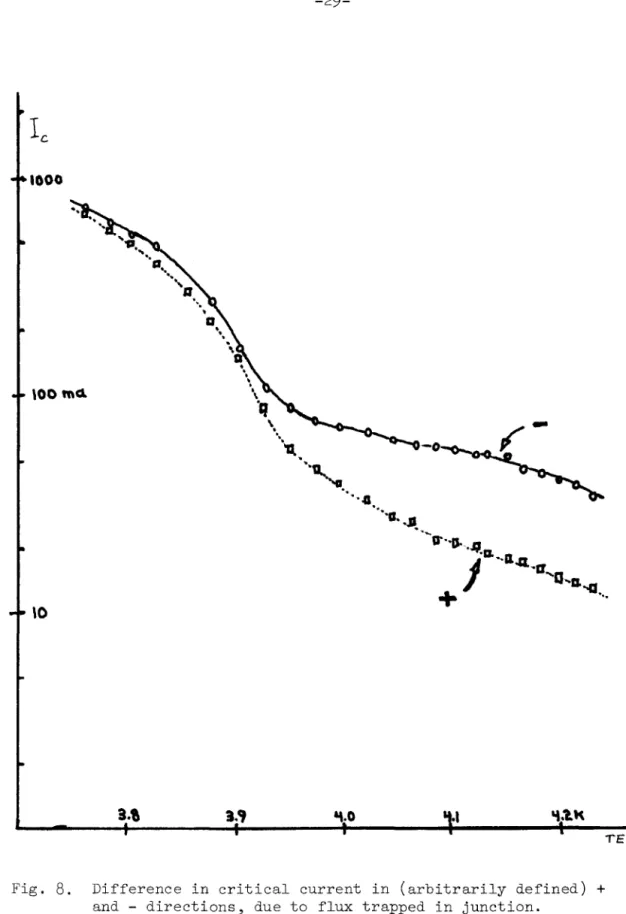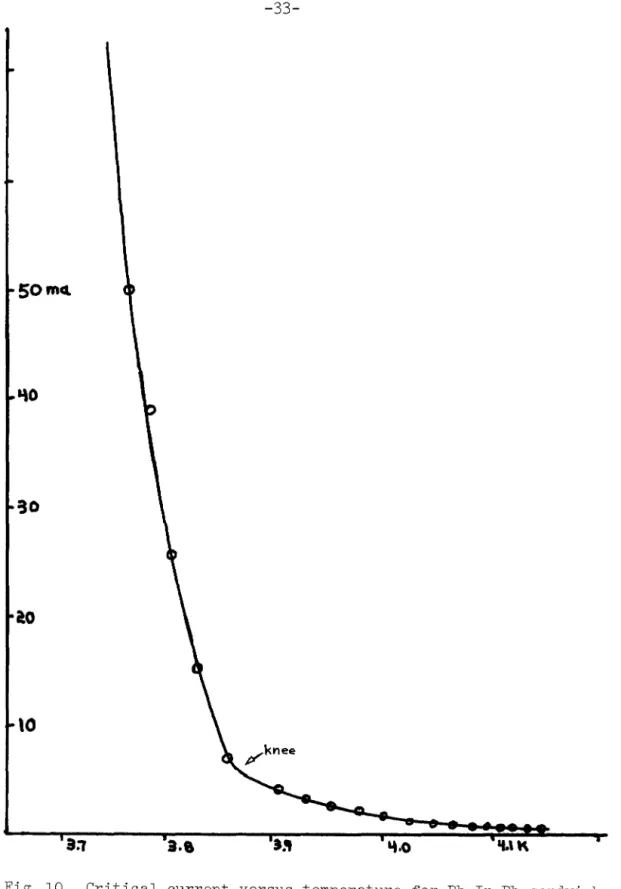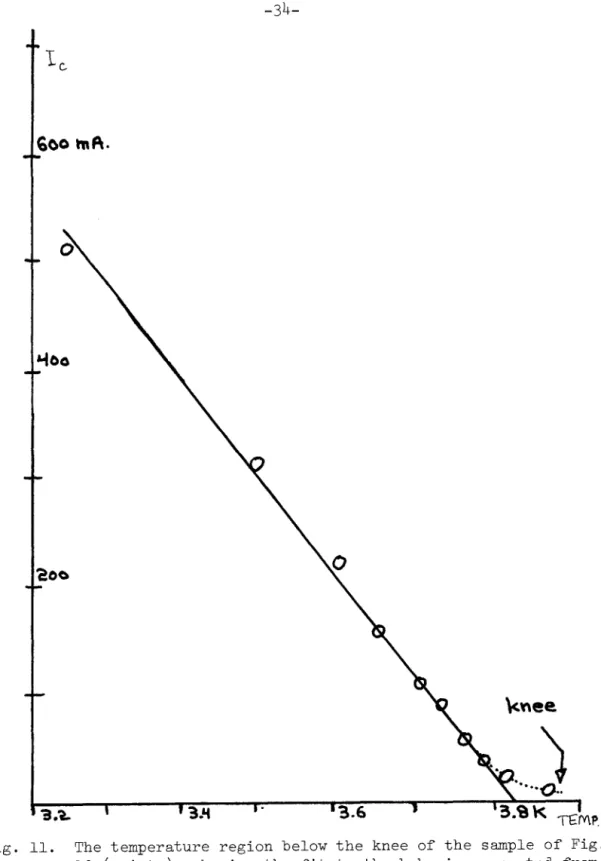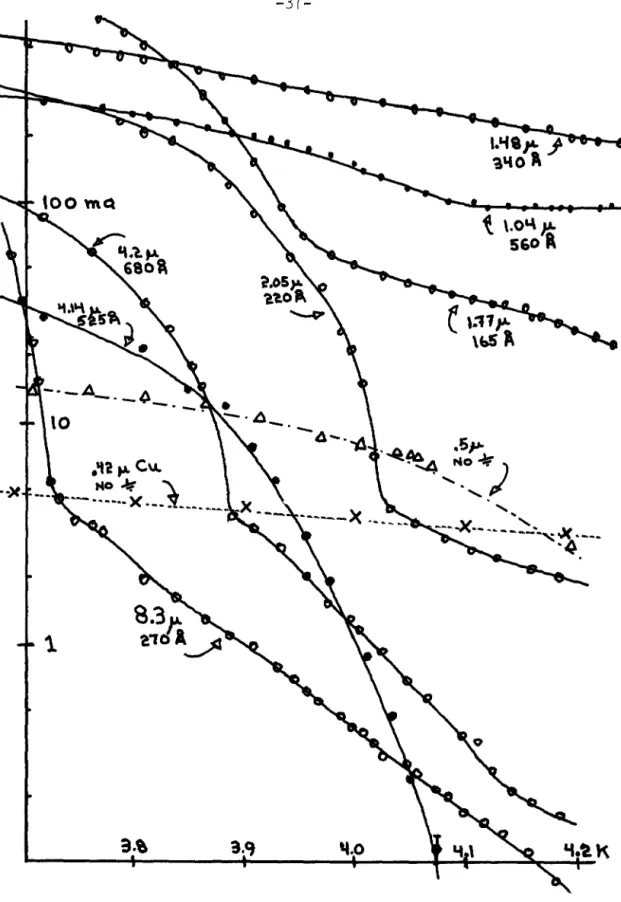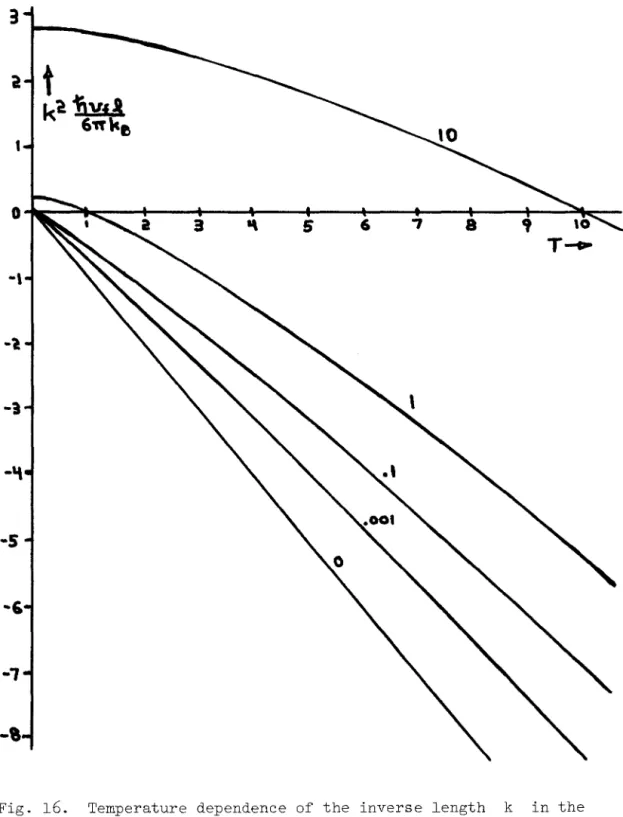Ruth Stratton's cheerful assistance greatly assisted in the preparation of the manuscript. In Ginzburg–Landau theory, a partial differential equation describes the spatial behavior of the energy gap in a material (see Section V). Thus, this modification is not suitable for mating tendency measurements in N material.
The sandwiches were deposited at low temperature to prevent diffusion of the materials (and to ensure short electron mean free paths).

PREPARATION OF THE SAMPLES A. Preliminary Discussion
Indium connecting area
Thus the resistance of the strip at 4.2 K was determined, and the mean free path was then calculated from the relationship -11 2. The resistance was found from the resistance using the length and width of the strip (determined by using a microscope calibration after the samples were heated) and its thickness (as measured by the crystal deposition monitor). The electrical equipment used in the measurements of the sandwich V-I characteristics and critical currents is shown in Fig.
Thus, most of the data are in the form of curves of critical current versus temperature.
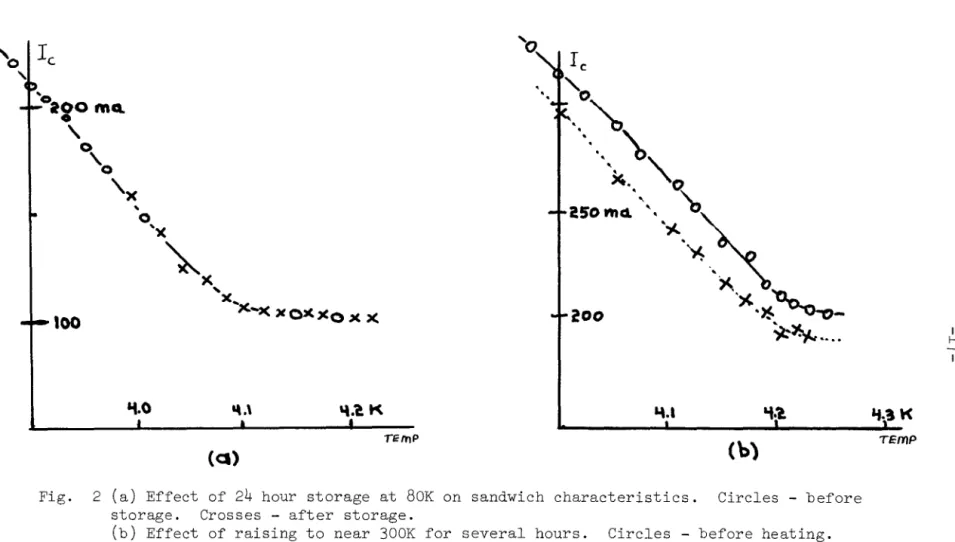
The current at which the voltage appears is the critical current of the sandwich; the critical current determination is quite accurate, because the transition is so sharp. Therefore, at any given temperature, the V-I plot consists of a zero voltage region at low currents, an abrupt onset of voltage at the critical current of the sandwich, and a fairly rapid approximation to the normal behavior of the sandwich. Thus, we conclude that the knee represents the transition of the In layer from the normal state to the superconducting state.
The identification of the temperature region mastered as the region of ordinary superconductivity is thus verified. The knee is therefore the transition temperature of the In layer above which the In has no intrinsic superconducting properties. The temperature region above the knee resulting from the In transition is best depicted on a graph of logcritical current versus temperature, due to the wide range of critical currents in this region.
As the thickness of In increases, the current at any given temperature decreases and the slope of the exponential region of the curves increases. N is the thickness of the N region and L is a temperature-dependent length characteristic of the pair diffusion process. The transition temperatures of the mean freeway test strips were also above the large value, although not as much as the In sandwich.
It is known that the most likely cause of the increase is tension in the films. The greater effect in the sandwich layers is explained by the increased stress due to the Pb layers on either side of the In.
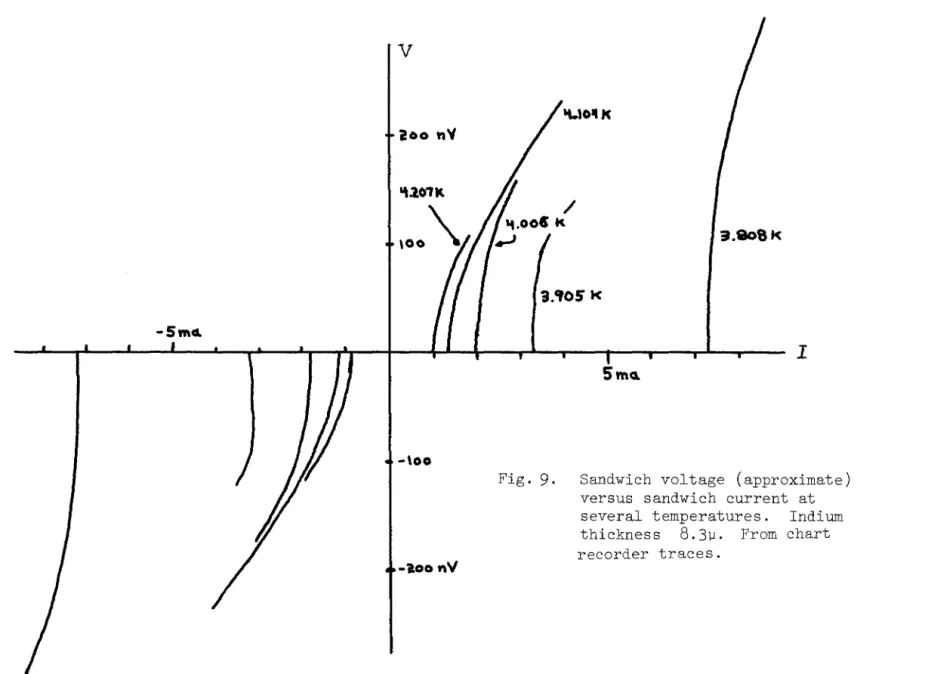
THEORETICAL MODEL AND PREDICTIONS A. Ginzburg-Landau Equation
Temperature dependence of the inverse length k in the Ginzburg-Landau equation for different critical temperatures, showing the slow approach to the asymptotic behavior for zero-critical temperatures. Such negative curvature for positive r indicates stable sin- or cos-type solutions for Eq. 8), thus showing that superconductivity is initially favored. This is because the gain in energy due to the pair interaction is greater than the loss of free energy due to the reduced entropy of the pair state.
Temperature dependence of the eQuilibrium gap in the Ginzburg-Landau equation for various critical temperatures, together with an assumed extension to temperatures above the critical temperature. We assume that the two regions S on either side of the central region N are equal in effect to the boundary conditions;. When comparable to or greater than r, Eq. longer approximately linear, and the calculation of critical.
We now assume a symmetric solution with and dp do = 0 at. center of the N range, where a = 0 The first integral of Eq. 21) is then found by the same method used in the S region, and is. Applying these principles to our sandwich and remembering that the S-strip next to the ground plane will again act as a ground plane for the strip away from the ground plane, we find that (see Fig. 20) the current in the sandwich runs . uniformly onto the bottom of the top strip, across the N region, and then back to the edge of the bottom strip below where it entered (if it didn't flow back this way, we couldn't have H = 0 in the lower strip ). From this edge it then passes under the lower strip, turns through a right angle and flows away on the lower surface of the lower strip.
This right angle bend introduces the only non-uniformity in the current flow, as the current concentrates on the inside of the corner (see Figure 21). Let us first consider the case where the effect of the magnetic fields is small. At the opposite extreme, when the intersection is much larger than AJ', the current all flows in a strip of effective width 2AJ along the current entrance side of the intersection.
23, which adds (or subtracts) the flow on the current flow side of the junction and also flows on the other side (which can also carry current I.
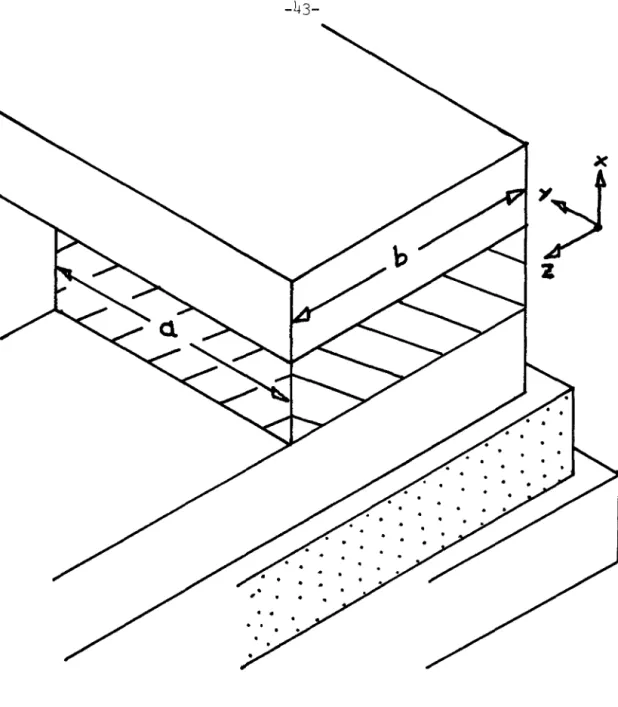
COMPARISON OF THEORY AND EXPERIMENT A. Reduction of Sandwich Currents to Current Densities
The resulting critical current versus temperature curves then show the effect of varying each parameter in turn. Close to the critical temperature of the N material, the linear approximation is not valid and the exact solutions of EQ are not valid. A comparison of the results of these two different methods for calculating the critical current density is shown in Fig.
Comparison of the exact critical current density and the results of the linear approximation (which is valid for rN « r. The temperature variation of the Ginzburg-Landau e~ution constants in the N sand regions is shown in Fig. B only slowly since differ in the temperature range used in this work; therefore, they have little effect on the temperature variation of the critical current density.
In order to verify this expectation, the results of critical current density calculations will now be examined. The properties of the S region have little influence not only on the slope but also on the absolute value of the critical current density versus temperature. Change in critical current density due to changes in the ratio of the energy density of states per unit volume at the NN/N Fermi surface.
The variation in the critical current density due to changes in the ratio of the BCS interaction parameters VN/V. However, the absolute value of the current density can be used in theory to predict TcN from observations made above T. De Gennes-Werthamer theory (valid in the "dirty limit" of short electron mean free paths) gives the temperature dependence of the terms of the Ginzburg-Landau equation .
Icl + Ikc2; when the external flux is changed by ¢ 12 o from the value leading to this maximum of I, the critical current is reduced by.
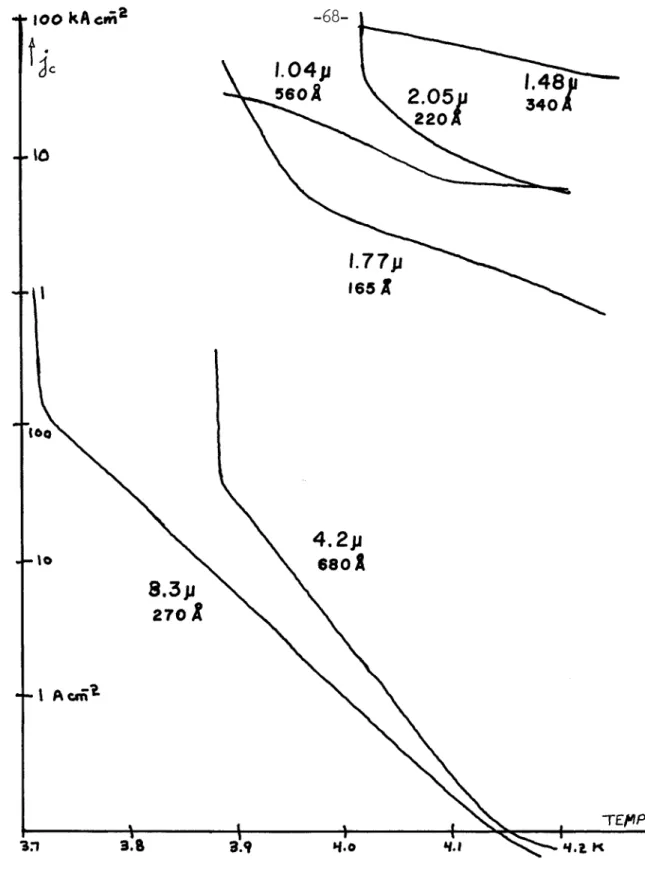
The current sensitivity of the meter cannot be increased to similarly low levels because the necessary increase in M will reduce the amplitude of the critical current oscillations in the ring. Solder makes several weak connections to the wire; the current through each of the resulting rings is quantized and modulates the critical current level. The resulting change in critical current is often a complex and apparently non-periodic function of the external current, but is quite convenient as a.
During the solidification of the solder, the V-I characteristic between the CU wire and the Nb wire was displayed on the oscilloscope. Twisted pairs are submerged. f) We press the solder as soon as it hardens. In order to take advantage of the unique properties of SLUG, it is necessary to monitor the changes in its V-I characteristic due to the current in the Nb wire.
Variation of the V-I curve with changes in the wire current (1 .. 2, I) indicates the presence of flux sensitivity. The output of the SLUG is largest at the maximum of the peak, and so the junction current is conserved. Once the junction current with the greatest sensitivity is found, the transresistance will be very sensitive to the DC current in the superconducting Nb wire.
Resistors of different resistances were made by changing the length to width ratio of the rectangles. The resistor was placed in series with the Nb wire of the SLUG as shown in Fig.
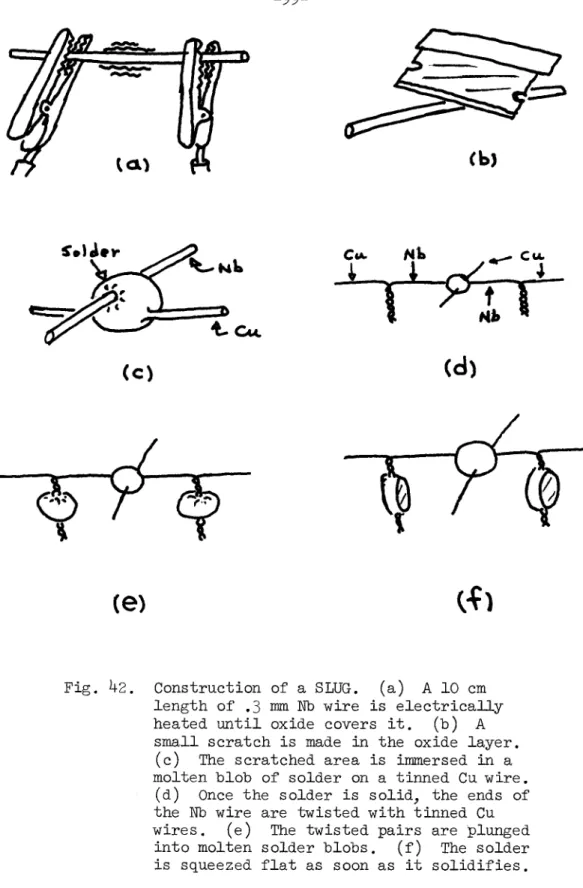
If we want to know the voltage calibration of the voltmeter, we need to know the resistance of the series resistor. Their resistance was therefore determined from their geometry and the resistance of the phosphor bronze used in their construction. The resistance of the strip to helium temperature was 600 ~O with an uncertainty of 20% (due to noise and normal pickup during measurement).
The ratio of the external currents was then the same as the ratio of the resistors. This means that the absolute value of the voltage found by the voltmeter is also only known to within this factor of 2, although the relative values are known with the accuracy of the current determination (5%). The superconducting shield (a tinned sheet of thin copper) is used to prevent fields from the currents in the external leads from disturbing the SLUG or sandwich.
The critical current of the sandwich is found by applying a voltage proportional to the sandwich current to one axis of a chart recorder and applying the filtered output of the synchronous detector to. The sandwich current is then increased from zero and the series resistor current is adjusted to keep the output of SLUG constant. N is the exact critical current density of the sample in the de Gennes-Werthamer theory.
Determination of the exact critical current density j then pro- c. First, a particular level of current density j is chosen. The solution half-width W versus the SN interface value of the energy gap amplitude r for the basic parameters of p.
